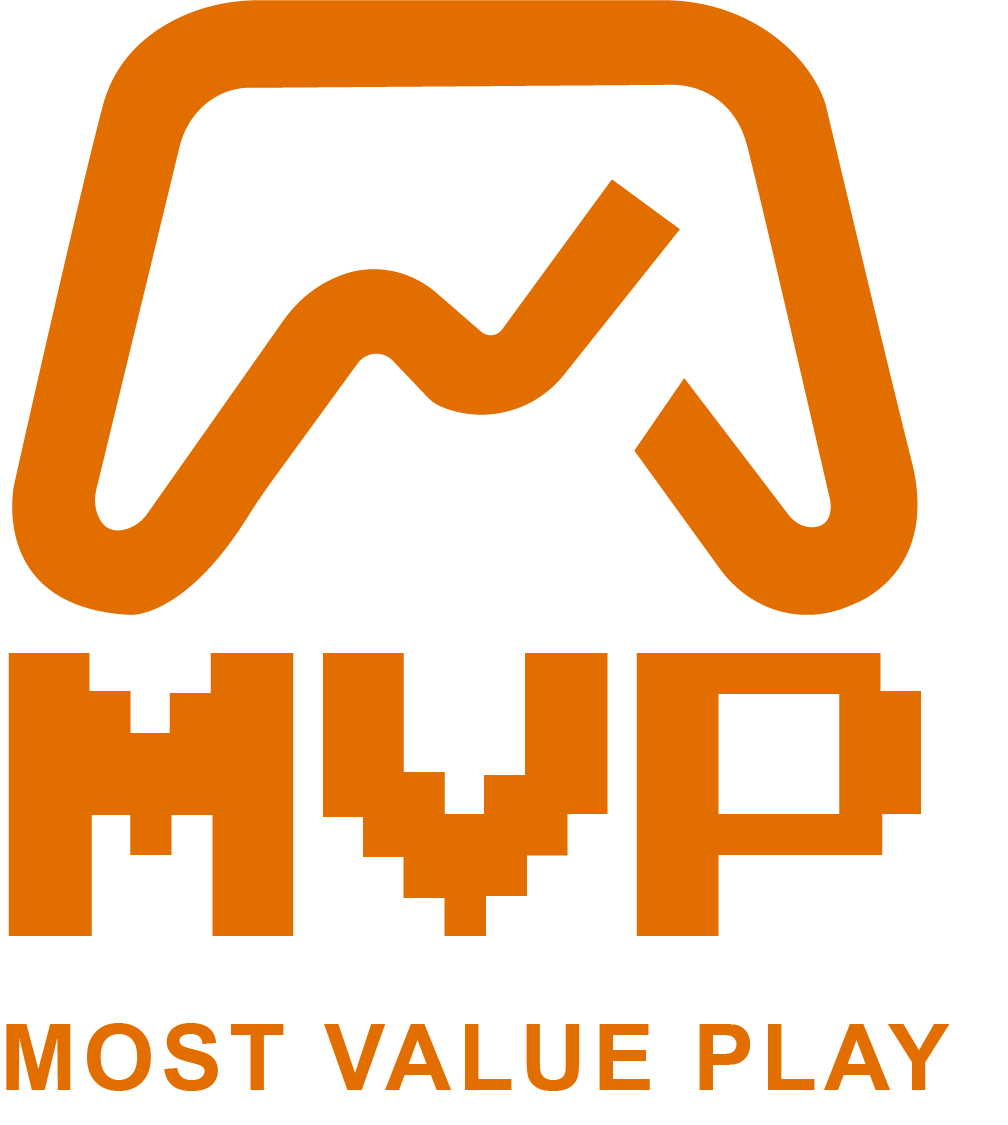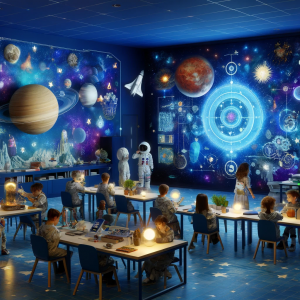Welcome to the enchanting intersection of storytelling and gamification—a place where education transcends traditional boundaries and transforms into an engaging narrative journey. Combining the ancient art of storytelling with the modern strategy of gamification not only captivates the imagination of students but also significantly enhances their learning experience. Let’s delve into how these elements can be woven together to create a magical learning environment.
What is Storytelling and Gamification?
Storytelling in education involves using narratives and stories to present curriculum concepts, making them more relatable and memorable for students. Gamification, on the other hand, introduces game mechanics like points, challenges, and leaderboards to motivate and enhance learning through interactive play.
Why Combine Storytelling with Gamification?
Enhances Memory Retention: Stories are memorable. By framing lessons as narratives, teachers can help students better remember and recall information. Adding game elements ensures that these narratives are not only heard but also interactively experienced.
Boosts Engagement and Motivation: Stories engage us emotionally, while gamification leverages our natural desire for competition and achievement. Together, they create a potent mix that can drive stronger engagement and encourage continuous interaction with the learning material.
Encourages Problem Solving: Good stories often involve characters overcoming obstacles. When combined with game mechanics, these stories allow students to tackle challenges in a controlled environment, fostering critical thinking and problem-solving skills.
Supports Different Learning Styles: This dual approach caters to various learning styles—auditory learners benefit from the narrative aspect, while kinesthetic and visual learners engage through interactive gamification elements.
Promotes Empathy and Understanding: Stories allow students to step into someone else’s shoes. Gamification can enhance this by allowing students to make choices that affect the story’s outcome, teaching consequences and fostering empathy.
Implementing Storytelling and Gamification in the Classroom
Start with a Story: Choose a narrative relevant to the lesson. This could be historical, scientific, or literary. Ensure the story is engaging and incorporates key learning objectives.
Integrate Game Elements: Introduce elements like missions or quests that relate to the story. For instance, students could earn points for solving puzzles that help a character overcome challenges.
Use Technology: Digital tools can bring gamified stories to life. Use apps and software that allow students to interact with the story, make decisions, and see the consequences of their actions.
Involve Students in Story Creation: Allow students to create their own stories or endings based on the curriculum. This not only makes the learning process personal but also enhances creativity.
Feedback and Rewards: Provide feedback through game mechanics like points and levels. Celebrate achievements with certificates or badges to keep the motivational levels high.
Merging storytelling with gamification creates a dynamic classroom environment where education becomes a thrilling adventure. This approach not only makes learning fun but also deepens understanding and retention. Embrace the magic of stories and the excitement of games to transform your teaching and watch your students thrive in a world of endless possibilities.


